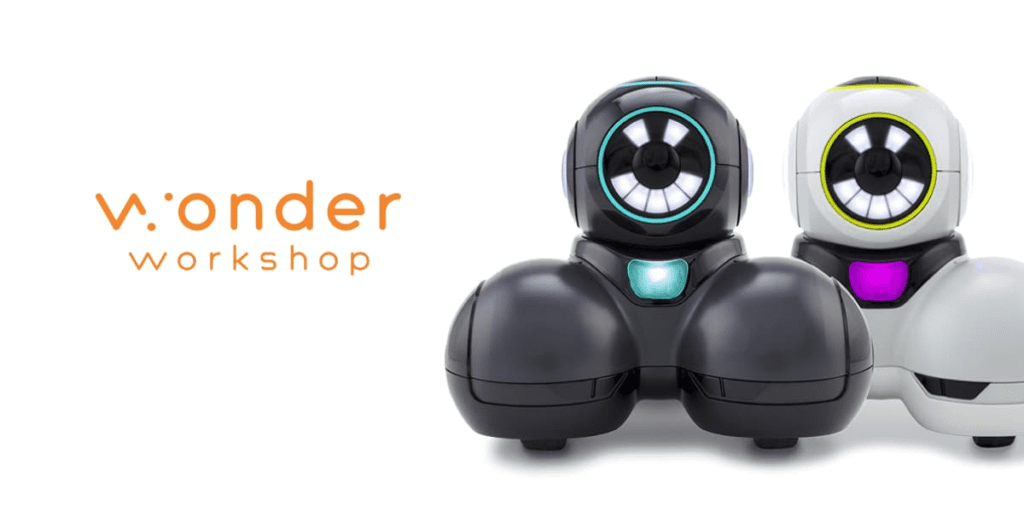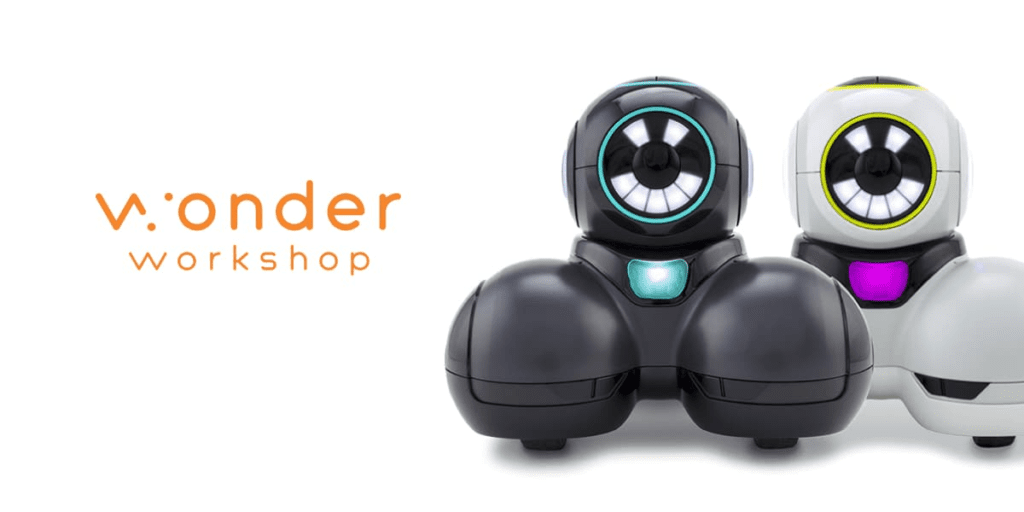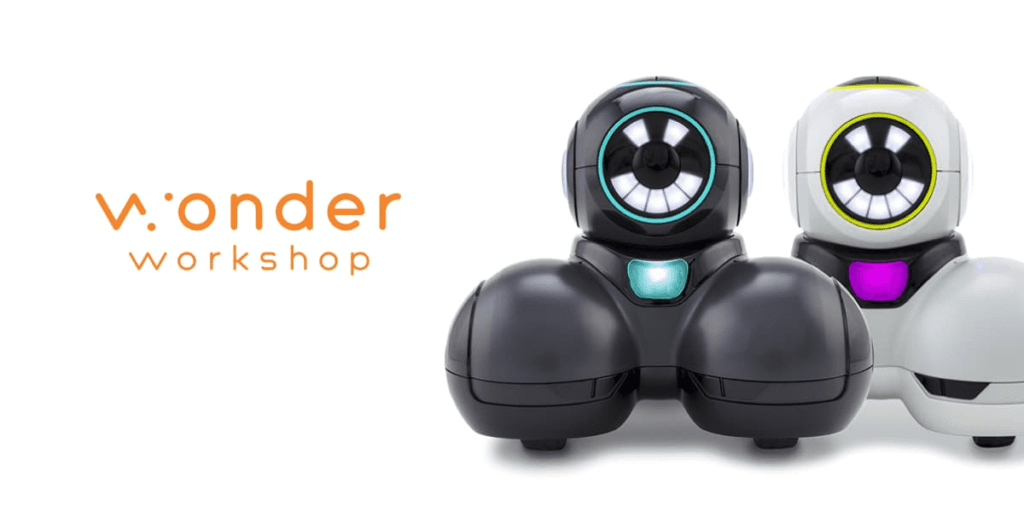
Hey there, fellow STEM enthusiasts! Is Cue robot research the future of STEM education?
Today, I want to talk about a topic that’s been buzzing around the education world lately – Cue robot research.
As someone who has spent years in the field of STEM education, I’ve seen how technology can revolutionize the way we learn and teach.
And let me tell you, Cue robots are no exception.
For those of you who may not be familiar with them yet, Cue robots are programmable machines designed for educational purposes (1).
They offer students an immersive learning experience that combines coding, robotics, and hands-on activities.
But what makes Cue robots so special is their ability to adapt to different skill levels and teaching styles.
Whether it’s used as a tool for group collaboration or individual exploration, the possibilities are endless when it comes to integrating these robots into your classroom curriculum.
So, could Cue robot research be the future of STEM education? Let’s dive deeper and find out!
KEY TAKEAWAY
Is Cue robot research the future of STEM education?
Cue robot research is a promising field that has the potential to revolutionize the way we teach STEM education, making it more engaging and accessible for children of all ages and genders.
What Is Cue Robot Research And How Does It Relate To Stem Education?
As a STEM education expert, I am fascinated by the potential of Cue Robot research (2).
The Cue Robot is an interactive humanoid robot designed for middle school students to learn basic computer science and problem-solving skills in real time.
Developed by Wonder Workshop, this innovative technology has quickly become popular among educators who are looking for new ways to engage their students in STEM education.
One of the most exciting aspects of the Cue Robot is its versatility.
With its Sketch Kit accessory, students can use markers or pens to draw paths for the robot to follow, creating a truly unique learning experience.
Additionally, the accompanying Cue app provides online courses that teach coding and robotics fundamentals through fun games and challenges.
Overall, these features make it clear that Cue Robot research is paving the way for new and more effective approaches to teaching STEM subjects.
Moving on from Cue Robots to other educational robots – how do Dash and Cue compare?
How Do Dash And Cue Robots Compare To Other Educational Robots?
As we discussed earlier, Cue Robot Research is a great initiative that aims to help students learn about coding and robotics through educational robots like the cue robot.
But how does this particular robot compare to other educational robots out there? Let’s take a look at Dash and Cue Robots from Wonder Workshop.
Dash and Cue are two of the most popular robots in STEM education today.
While both of them have similar features such as blaster power, lesson plans, professional development for teachers, and artificial intelligence-based coding, they differ in their designs and programming capabilities.
Here are some key differences between these two educational robots:
– Cue has more advanced sensors than Dash.
– Dash can be programmed using block-based codes while Cue allows text-based coding.
– Both robots come with different pre-installed apps that serve various purposes.
Overall, both Dash and Cue Robots offer unique learning experiences for children interested in STEM fields.
Their design and programming features make it easy for kids to grasp complex concepts while having fun!
In the next section, we’ll explore what exactly these robots can teach children about STEM fields.
What Can Wonder Workshop’s Dash And Cue Robots Teach Children About Stem Fields?
As a STEM education expert, I strongly believe that Wonder Workshop’s Dash and Cue robots have the potential to revolutionize the way we teach coding and robotics to middle-school and high-school students.
These fun and engaging educational tools provide young learners with an opportunity to develop their critical thinking skills, while also fostering creativity and imagination.
The Cue robot, in particular, is equipped with some exciting features such as blaster power which can be used for coding challenges or even free throws! Additionally, it comes with a gripper building kit that allows children to design custom attachments for their robot.
This not only encourages hands-on learning but also helps them understand real-world applications of engineering concepts.
By using these robots in conjunction with other teaching aids or lesson plans, educators can instill lifelong coding skills that will benefit students long after they leave school.
What makes the dash and cue robots stand out among other educational robots? Stay tuned for the next section where we delve into all the unique ways these two robotic models are transforming STEM education!
More on is Cue robot qualitative or quantitative.
What Makes The Dash And Cue Robots Stand Out Among Other Educational Robots?
When it comes to educational robots, there are many options available in the market.
However, not all of them can offer a complete learning experience for students interested in applied robotics and programming languages.
This is where Dash and Cue robots from Wonder Workshop come into play.
These two robots have become increasingly popular among educators due to their unique features such as proximity sensors, special offers on the Wonder Pack, app demos, and coding lessons that cover JavaScript programming.
The Cue robot stands out with its ability to recognize faces and emotions while also being able to communicate using different sounds and expressions.
Meanwhile, Dash provides an engaging learning experience through its playful design and customizable accessories that allow students to personalize their robot according to their taste.
Overall, both dash and cue robots provide advanced functionalities that make them worth exploring when it comes to teaching STEM education.
Are Dash and Cue Robots Worth the Investment for STEM Education? Let’s take a closer look at some of the benefits that these robots offer and whether they justify the investment required by schools or parents looking to purchase them.
Are Dash And Cue Robots Worth The Investment For Stem Education
As a STEM education expert, I have always been fascinated with the potential of technology in teaching young minds about science and mathematics.
The Cue robot is one such piece of technology that has caught my attention.
With its motorized projectile and unique avatars, it offers an engaging way for older kids to develop their coding skills while also enhancing their problem-solving abilities.
Investing in Dash or Cue robots can be a valuable addition to any STEM program.
These robots can help students learn at their own pace and skill level, allowing them to progress according to their needs.
Moreover, being able to control these robots via social media platforms adds another layer of interactivity that many students find intriguing.
Overall, investing in these educational robots is worth considering if you want your students to acquire essential coding and problem-solving skills that will undoubtedly benefit them both now and in the future.
Conclusion
In conclusion, as a STEM education expert, I can confidently say that Cue Robot Research is the future of learning.
The development and incorporation of interactive robots like Dash and Cue into educational curriculums are revolutionizing the way we teach children about science, technology, engineering, and mathematics.
Investing in these innovative tools may seem daunting at first glance but imagine opening up doors for your child’s future success.
As they engage with these cutting-edge technologies to learn how to code or build their robot creations, it will undoubtedly ignite their curiosity and passion for STEM fields.
After all, as the saying goes, ‘give a man a fish and you feed him for a day; teach a man to fish and you feed him for a lifetime.’
By investing in Cue Robot Research, you’re giving your child an opportunity to dive deep into exploring and creating within the world of STEM – setting them up for lifelong learning and success.
More on is Cue robot practical.
Frequently Asked Questions
How do the Dash and Cue Robots differ from other educational robots?
Dash and Cue robots are two amazing educational robots that have been designed to help children learn and understand STEM fields in a fun and engaging way.
Unlike other educational robots, Dash and Cue robots come with a range of features that make them stand out among their counterparts.
For instance, Dash and Cue robots are programmable, which means that children can easily create their own programs and interact with the robots.
Additionally, Dash and Cue robots come with a range of tools and sensors, such as microphones and speakers, that allow them to interact with their environment.
Can Cue Robots be used to teach subjects other than STEM?
Yes, Cue robots can be used to teach subjects other than STEM.
Although Cue robots have primarily been designed to teach STEM fields, they can also be used to teach other subjects, such as language arts and social studies.
For instance, children can use Cue robots to practice reading and writing skills or to learn about history and culture.
Additionally, Cue robots can be used to teach critical thinking and problem-solving skills, which are essential for success in any subject area.
Are there any potential downsides to using Cue Robots for STEM education?
While Cue robots have many benefits for teaching STEM subjects, there are also some potential downsides to using them for education.
For example, some people may argue that using robots to teach STEM fields could lead to a lack of human interaction and hands-on learning experiences.
Additionally, Cue robots can be expensive, which may limit their accessibility to some schools and students.
However, these potential downsides can be mitigated by incorporating Cue robots into a well-rounded curriculum that includes a variety of teaching methods and resources.
References
- https://stemeducationjournal.springeropen.com/articles/10.1186/s40594-023-00400-3
- https://www.commonsense.org/education/reviews/cue-by-wonder-workshop









